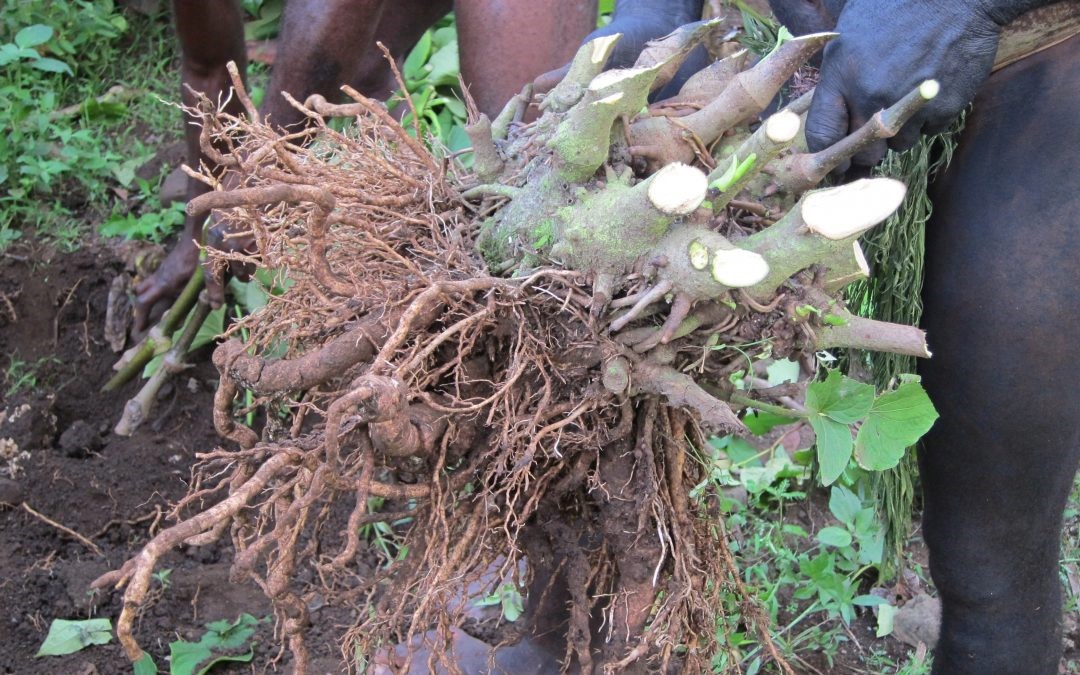Capital Kava
Kava can be broken up into three segments:
1. The Characteristics of Kava,
2. describing the effects of Kava, and
3. how to prepare and consume Kava.

The Characteristics of Kava:
Kava is a large shrub like plant that is found all over the Pacific Islands but is mostly grown in the south pacific.
Kava is a plant used for recreational and well-being purposes and continuously needs to be selected and propagated by humans. In Vanuatu, farmers usually wait 5 years before harvesting.
Once harvested the branches that grow from the surface upwards are discarded and saved for propagation (replanting) and the root system is left and used.
The root system consists usually of one singular tube root (stump) that penetrates the ground directly downwards and smaller little roots flaring off around the stump. When the stump and roots are cleaned, both are used to make kava.
The effect of Kava:
People usually associate kava with alcohol, potentially due to the times you would perhaps drink kava. For example, Fijians nickname kava ‘Grog’ because they would drink it during the time that a person from a conventional western background would drink alcohol.
The effect however is quite different from alcohol. It could be described as being more similar to Valium or an endorphin high coming from a long run, but with your body being relaxed or in some cases numb.
Kava has also also been linked with numerous health benefits from kavalactones, which studies have suggested can reduce anxiety (Kava in the treatment of generalized anxiety disorder: a double-blind, randomized, placebo-controlled study), and assist with insomnia(Clinical efficacy of kava extract WS® 1490 in sleep disturbances associated with anxiety disorders: Results of a multicenter, randomized, placebo-controlled, double-blind clinical trial – ScienceDirect) and pain sensations(Neuroprotective properties of kavalactones – PMC), and Kava as a Clinical Nutrient: Promises and Challenges – PMC.
Good kava when drunk should give you a slight tingling sensation on the tongue whilst also numbing the tongue. You should then feel your body relaxing (shoulders loosening and muscles resting) and a slight euphoric feeling. You might even start to feel sensitive to light and talkative.
I would recommend sitting while drinking and doing it in a social environment.
Because kava is a root crop, it tastes very earthy, and so after each cup (or ‘shell’) you consume, I suggest you have something to nibble on to get rid of the taste. In Bislama (language spoken in Vanuatu) we refer to this as ‘wasem mouth’.
The best time to drink kava is on an empty stomach.
I will usually drink kava before a meal, preferably dinner, because once I have drunk kava and had something to eat, I feel totally relaxed and can continue to feel that way all the way through to bedtime.
For more traditional stories around Kava and its history in Vanuatu, please go to ‘Kava Stories’.




